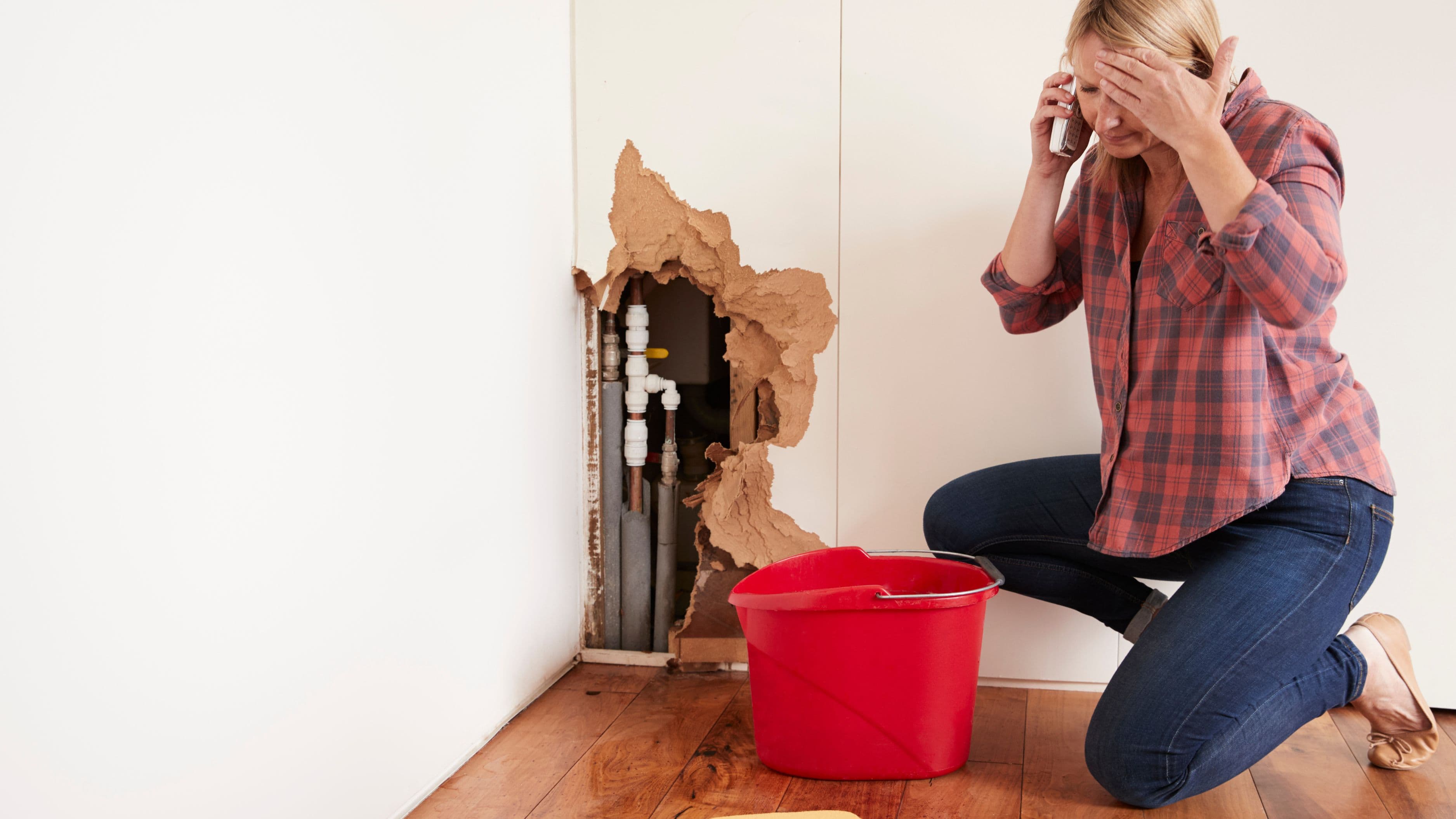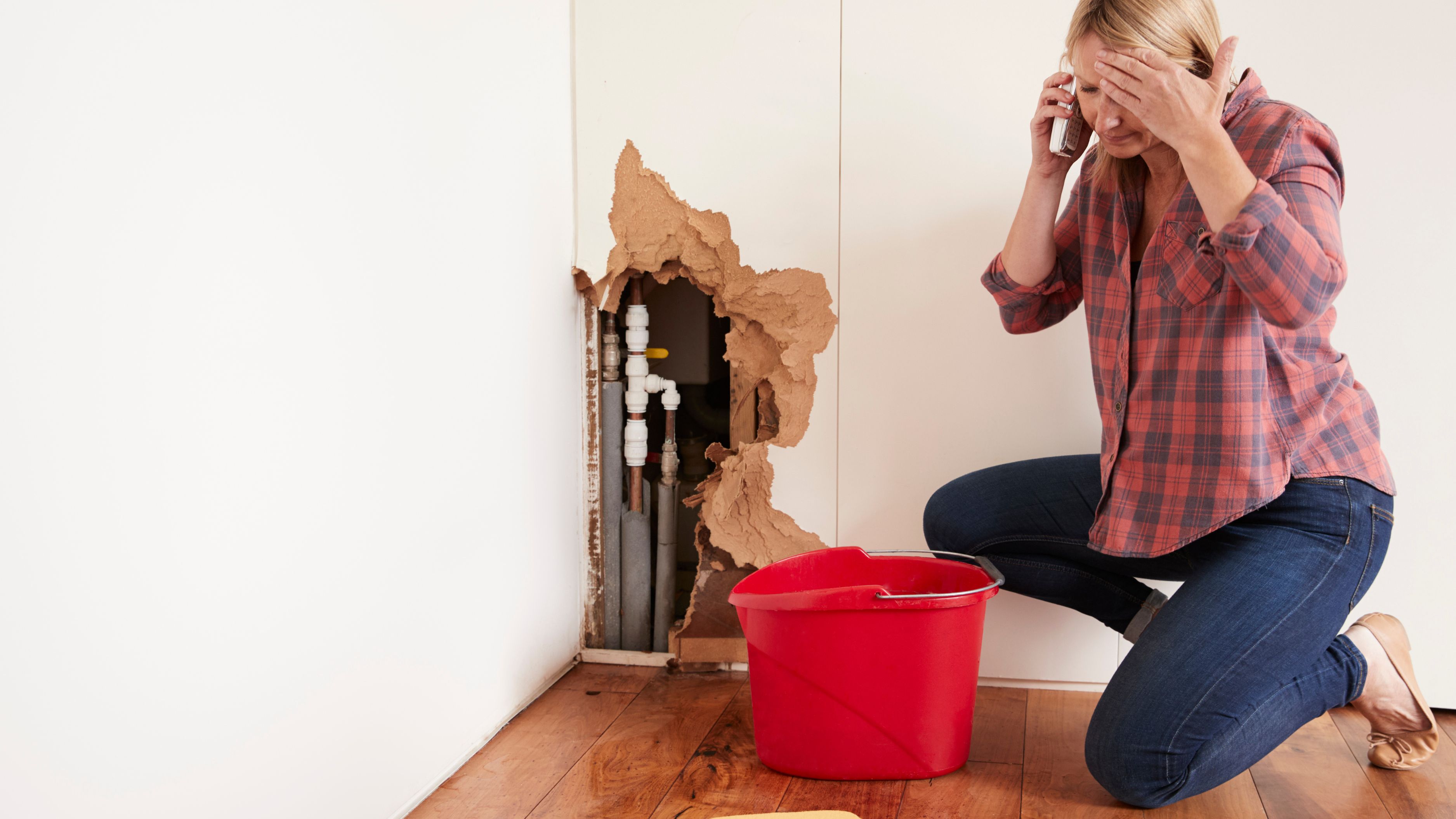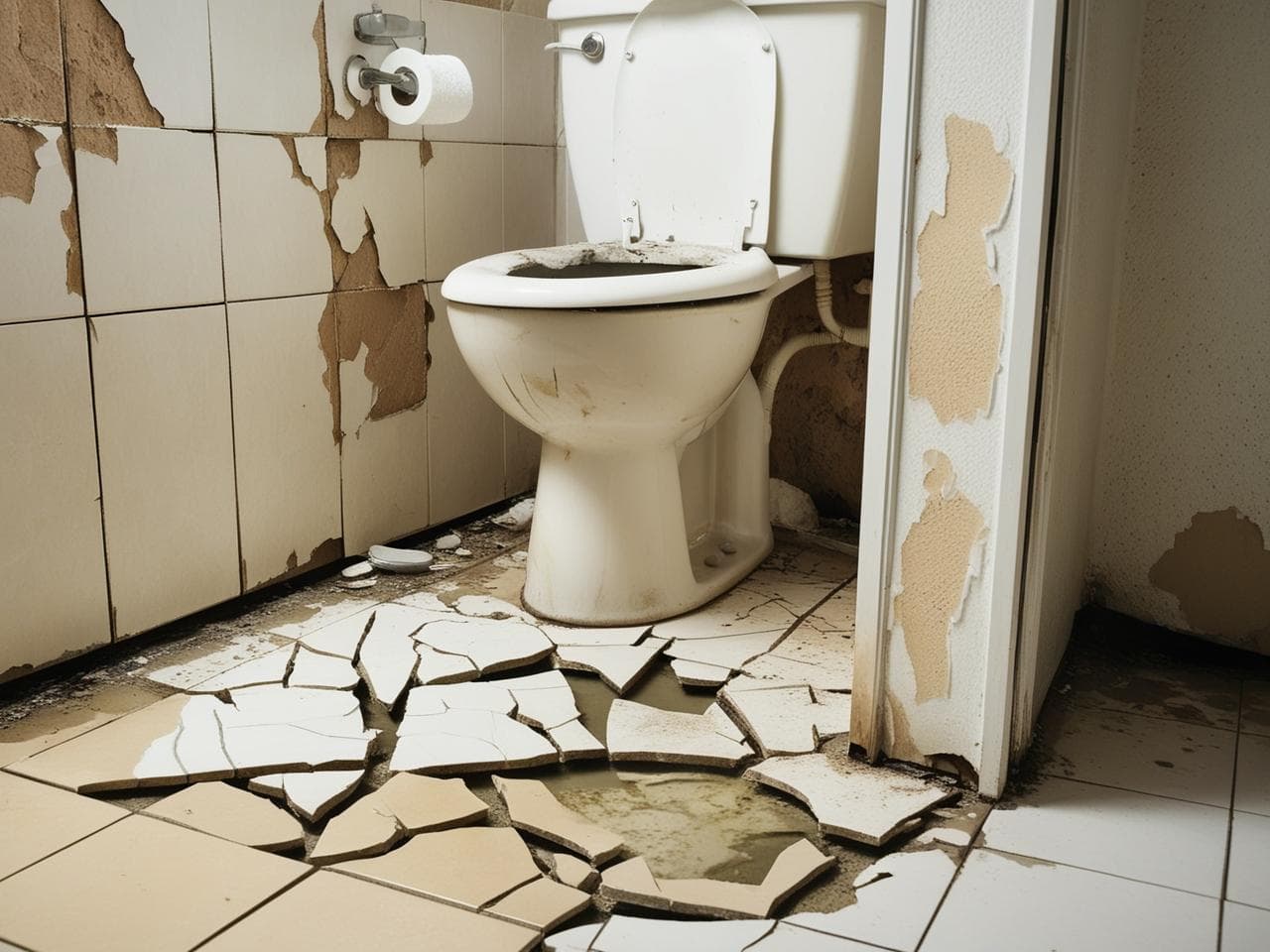1. Kill the Water Supply Immediately
Race to your main water shutoff valve—every second counts. The valve is typically located near your water meter, in the basement, or where the main line enters your house. Turn it clockwise until it stops, cutting off water to your entire home. This single action prevents thousands of gallons from flooding your space and racking up damage costs. If you can't find it in the dark, use your phone's flashlight and keep searching—this is your top priority.
2. Drain Your Remaining Pipes
Once the main valve is off, open all your faucets to release water still trapped in the pipes. Start with the highest faucets in your home and work downward, then flush toilets to empty the tanks. This reduces pressure on the damaged pipe and minimizes additional leaking. Don't skip the outdoor spigots either—they hold water that can continue the damage even after you've shut off the main supply.
3. Cut the Electricity If Water's Near Outlets
Water and electricity create a deadly combination that kills about 300 Americans annually. If you see water pooling near outlets, appliances, or your electrical panel, head to your circuit breaker and flip off power to affected areas. Never step into standing water if you suspect electrical hazards—call 911 instead and wait outside. Your safety trumps property damage every single time.
4. Document Everything With Photos and Video
Pull out your phone and become a crime scene investigator for your insurance claim. Photograph the burst pipe from multiple angles, capture wide shots of water damage, and record video while narrating what you're seeing. Take close-ups of water-damaged furniture, walls, flooring, and any destroyed belongings. This evidence becomes gold when you're fighting for a fair insurance payout weeks later, and memories fade fast once the adrenaline wears off.
5. Start Emergency Water Removal
Grab every towel, bucket, and container you own and start removing water. Use a wet-dry vacuum if you have one, or a mop and buckets if you don't. Move furniture to dry areas and prop up wet items to increase air circulation underneath. The faster you extract water, the less chance mold has to colonize your walls—and mold remediation can cost between $1,500 to $3,500 on top of your burst pipe repairs.
6. Call Your Insurance Company Before Dawn
Don't wait until business hours to report the damage. Most major insurers operate 24/7 emergency hotlines specifically for catastrophic events like burst pipes. Call while the scene is fresh and you have all the details clear in your mind. Ask specifically about water damage coverage, your deductible, and whether they cover temporary housing if your home becomes uninhabitable. Get a claim number before hanging up—you'll need it for every conversation moving forward.
7. Contact an Emergency Plumber Now
Search "24-hour emergency plumber near me" and start calling. Yes, emergency rates run 150-200% higher than daytime service, but waiting until morning risks exponentially more damage. A reputable plumber will provide an estimate over the phone and arrive within hours. Get quotes from at least two services if possible, and ask if they work directly with insurance companies to streamline your claim.
8. Relocate What You Can Save
Water-damaged items lose value by the hour. Move electronics, documents, photographs, and valuable possessions to dry areas immediately. Place books standing upright with pages fanned to air-dry, and remove cushions from sofas to prevent trapped moisture. Don't throw anything away yet—your insurance adjuster needs to see the full extent of damage. Sort items into "salvageable" and "probably ruined" piles to speed up the claims process later.
9. Set Up Fans and Dehumidifiers
Air circulation is your weapon against mold growth, which can start within 24-48 hours of water exposure. Position fans to create cross-ventilation, open windows if weather permits, and run your HVAC system to cycle air. Rent commercial dehumidifiers from hardware stores if the damage is extensive—these machines pull gallons of moisture from the air and are worth every penny of the $40-60 daily rental fee.
10. Track Every Single Expense
Create a dedicated folder—physical or digital—for this disaster. Save receipts for emergency plumber calls, equipment rentals, hotel stays, meals eaten out, and cleaning supplies. Document hours you spend on cleanup at a reasonable hourly rate, and track mileage for damage-related errands. Insurance companies reimburse far more when you have ironclad documentation, and tax deductions may apply for unreimbursed casualty losses.
11. Notify Your Mortgage Company
If you're still paying off your home, your mortgage lender has a vested interest in major damage. Most mortgage agreements require you to report significant property damage within a specific timeframe. Call your lender's customer service line and ask about their notification requirements. This protects you from potential accusations of breach of contract and keeps everyone informed who has a financial stake in your property.
12. Consider Temporary Relocation
If water damage affects bedrooms, bathrooms, or your kitchen, living at home might be impossible or unhealthy. Check your insurance policy for "loss of use" or "additional living expenses" coverage, which typically pays for hotel stays and meals. Don't rough it to save money—your policy already includes this benefit, and staying in a compromised home exposes you to health risks from mold and contaminated water.
The difference between a $3,000 plumbing bill and a $30,000 disaster is how you handle the first hour. Pick one action from this list and commit it to memory right now—locate your main water shutoff valve today, before you need it. Walk through your home and find it, then show your family members where it is. Take a photo of its location and text it to yourself so you can find it in a panic.
That single preparation step could save you thousands of dollars and countless hours of stress. Momentum starts small, but it starts with one action taken today.
📚 Sources
1. Insurance Information Institute. (2023). Facts + Statistics: Homeowners and renters insurance.
2. Electrical Safety Foundation International. (2024). Water and electricity hazards in the home.
3. Environmental Protection Agency. (2023). Mold remediation in schools and commercial buildings.
🔍 Explore Related Topics









